May 23, 2025 | 10:33 GMT +7
May 23, 2025 | 10:33 GMT +7
Hotline: 0913.378.918
May 23, 2025 | 10:33 GMT +7
Hotline: 0913.378.918
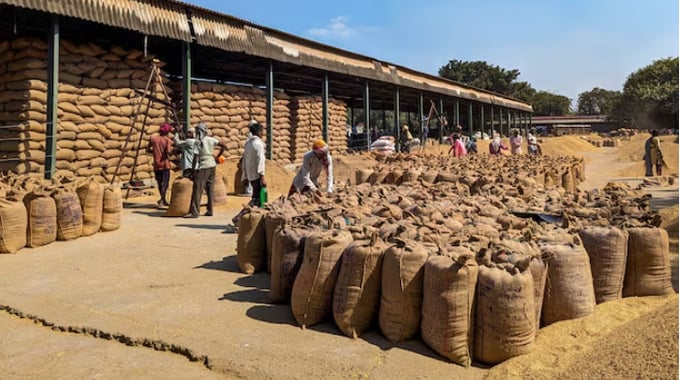
Workers weigh and pack paddy bags at Sitapur market, in the northern state of Uttar Pradesh, India October 20, 2023.
Buoyed by forecasts of higher rice output, farmers and rice exporters recently urged the government to remove the floor price for non-basmati white rice exports that was imposed partly to ensure security of supply.
Last month, India gave the go ahead for exports of non-basmati white rice to resume. But New Delhi set a floor price for non-basmati white rice exports at $490 a metric ton.
Higher rice shipments from India, the world's biggest rice exporter, would bolster global supplies and soften international prices by forcing other major exporters - such as Pakistan, Thailand and Vietnam - to reduce their rates, trade and industry officials said.
Because of the floor price, Indian farmers and exporters were prohibited from selling some relatively cheaper grades on the world market, said Dev Garg, vice-president of the Indian Rice Exporters Federation.
"With today's decision, there is no such restriction now," Garg said.
Indian supplies will be more competitive as India can offer its 5% broken white rice at around $460 per metric ton, said B.V. Krishna Rao, president of the Rice Exporters' Association.
India will be able to sell 25% broken white rice, which is usually offered at a sharp discount to 5% broken rice and sought by some African countries, traders said.
On Tuesday, India scrapped the export tax on parboiled rice, as inventories surged and the country is set to produce a bumper crop after copious monsoon rains.
When the El Nino weather pattern in 2023 raised the prospect of poor monsoon rains, India imposed various curbs on rice exports and extended them into 2024 to keep local prices in check ahead of the April-June national election.
Since the 2023 export restrictions, local supplies have picked up, bumping up stocks at government warehouses.
(Reuters)
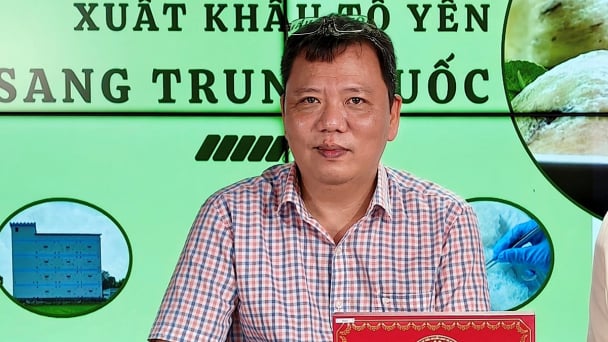
(VAN) A multi-channel, multi-directional strategy only works when the agricultural value chain meets global transparency and SPS standards.
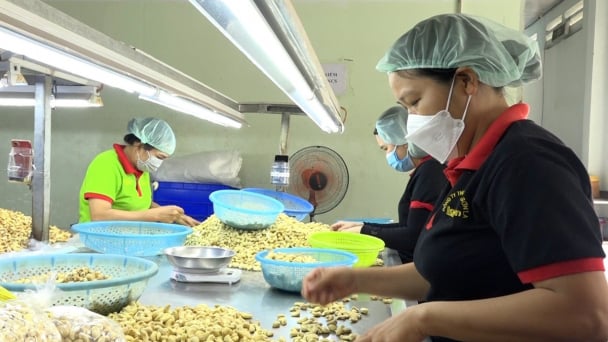
(VAN) Market expansion is a matter of survival for Vietnamese businesses amid fierce competition and global supply chain fluctuations.
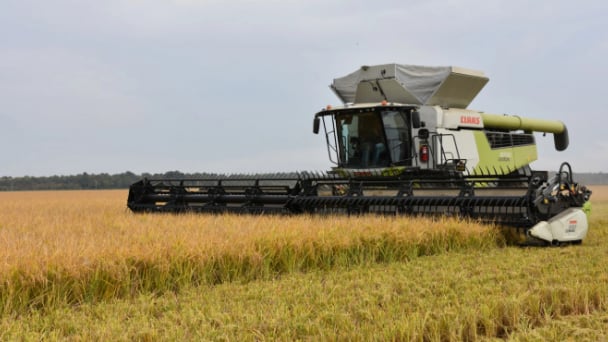
(VAN) Global market prospects for U.S. long-grain rice for the upcoming marketing year.
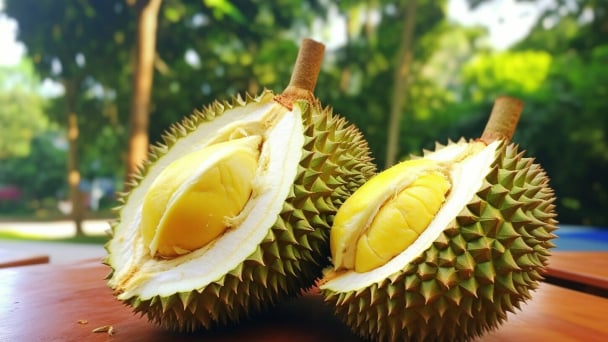
(VAN) China’s General Administration of Customs started permitting fresh durian shipments from Cambodia after a phytosanitary protocol was signed with the Cambodian Ministry of Agriculture in late April.
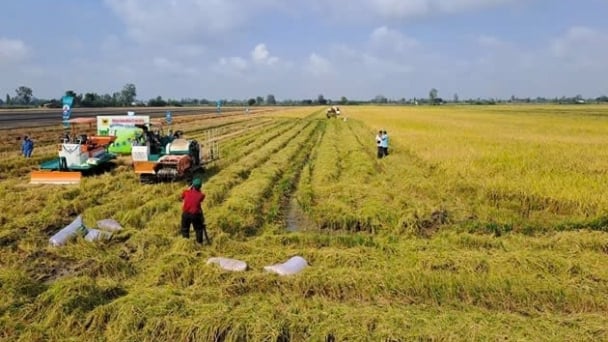
(VAN) To operate carbon market, one of the key issues is determining which types of 'commodities' meet the standards to be traded on the market.
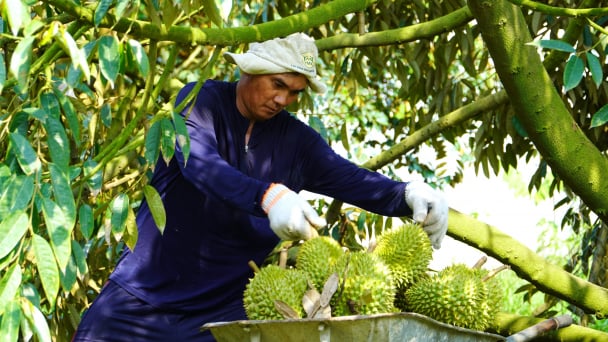
(VAN) Durian-producing localities need to coordinate more effectively with central authorities to improve the traceability, monitoring, and response systems in case of violations.
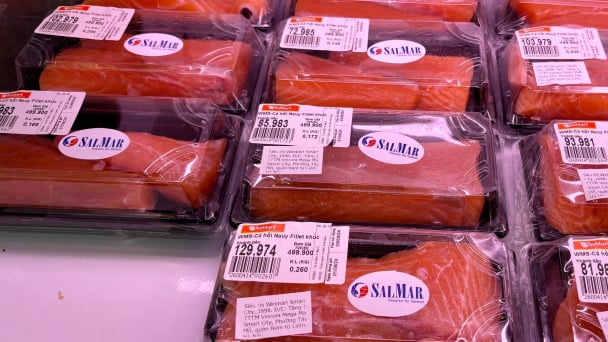
By minimizing waste, embracing modern technology, and expanding into niche markets, SalMar - the second largest producer of Atlantic salmon in the world has built a successful strategy to conquer the global market.